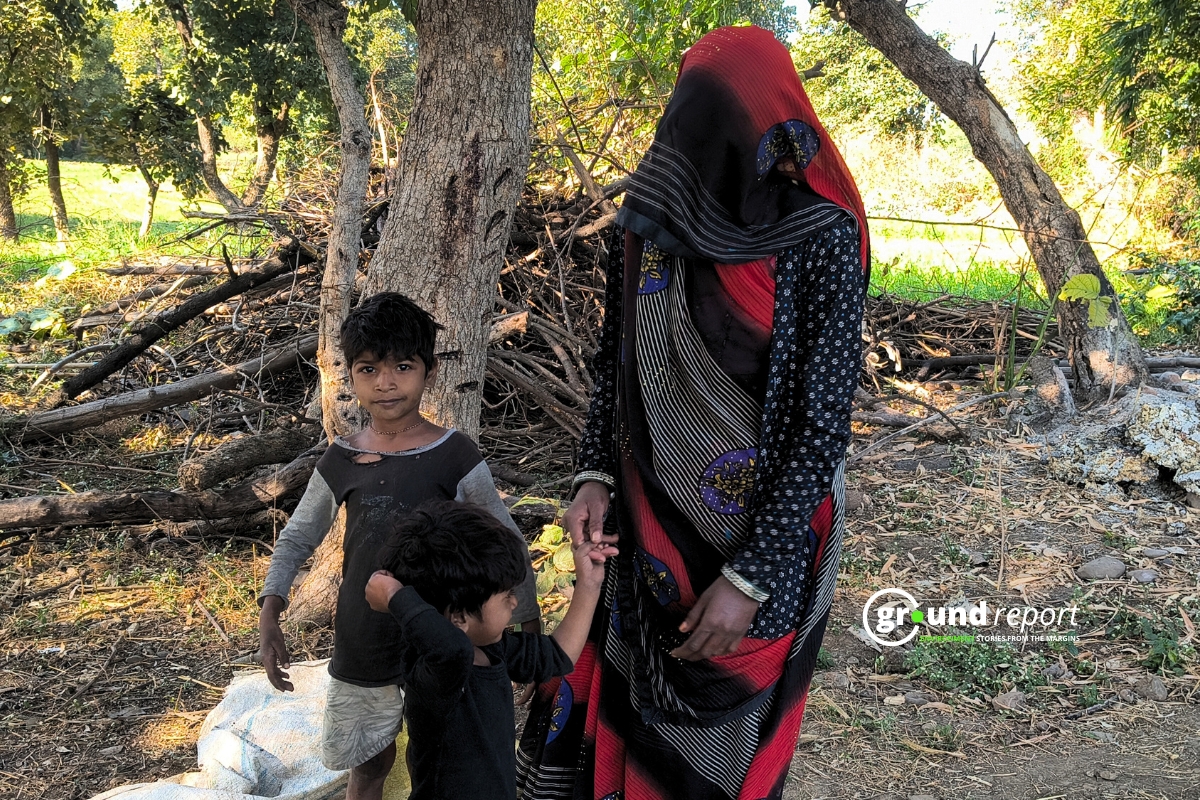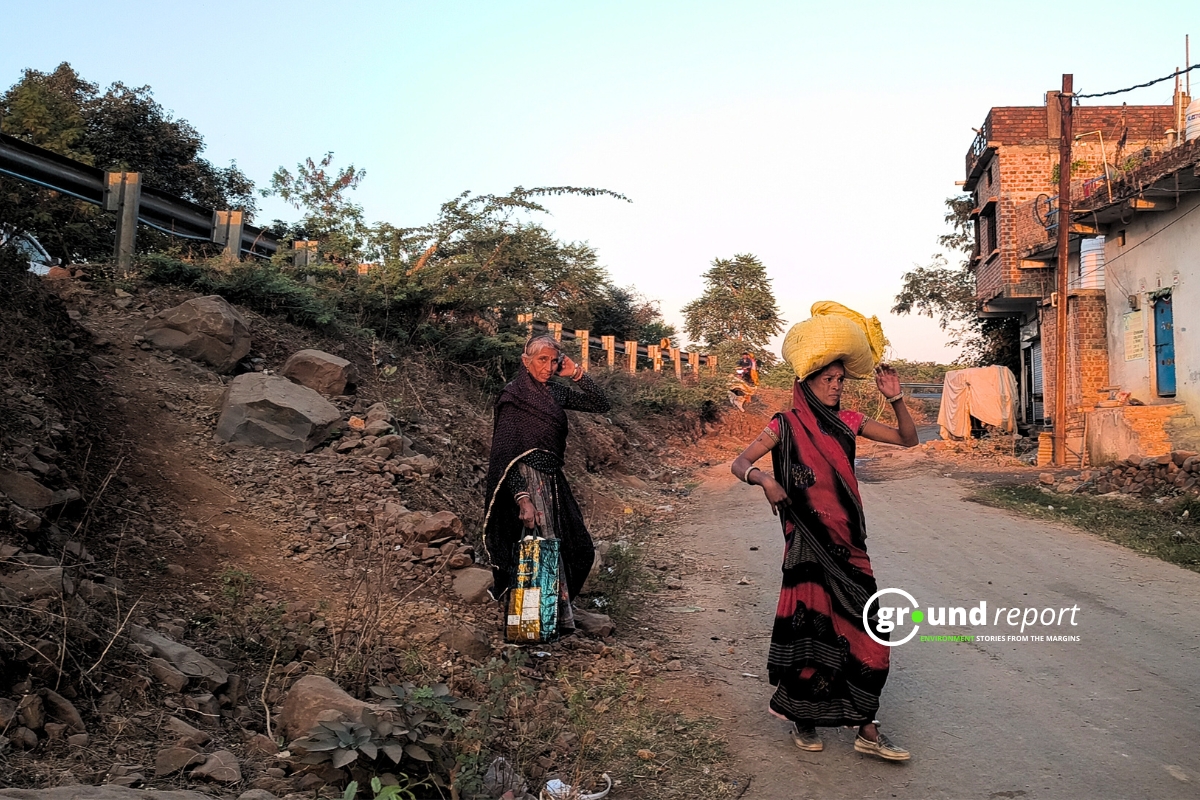On July 17–18, 2025, lightning strikes and storms killed 80 people across Bihar in just two days. Nalanda alone reported 23 deaths, including seven villagers crushed when a tree and a temple wall collapsed. Officials described the pre-monsoon weather as “calamitous.”
Such tragedies are not new to the state. Five years earlier, on June 25, 2020, began like any other in Bihar. The sky was heavy with monsoon clouds, and farmers were already at work in the fields. By afternoon, thunderstorms swept across the state. Within hours, 83 people were dead, struck by lightning in one of the worst single-day tragedies Bihar has ever seen.
The strikes occurred across 23 districts, killing farmers, labourers, and children caught outdoors. Local reports also confirmed that 32 people were injured and more than 40 domestic animals died that day.
A new scientific study has reconstructed the event, examining what made that day so deadly. The research, published in the journal Natural Hazards, links the high death toll to extreme weather conditions combined with the exposure of people working in open fields.
Manoranjan Mishra, a professor of geography at Fakir Mohan University in Odisha and lead author of the study, explained what happened. “On that day the ground surface in Bihar was extremely hot,” Mishra said. “Hot ground makes the air rise very fast into the sky, and this rising air created strong thunderstorms. At the same time, the air above Bihar had unusually high humidity. Moisture makes storms stronger. The combination of heat and moisture made the atmosphere unstable, which is the perfect recipe for severe lightning.”

Mishra said that towering storm clouds called cumulonimbus developed quickly over the state. These clouds produced a large number of strikes within a short time. “Most of Bihar is farmland, and people were working outdoors. They were exposed when the lightning began,” he said.
Mapping the Disaster
The study team included researchers from Fakir Mohan University, the India Meteorological Department (IMD), and Brazil’s Federal University of Paraiba. They analyzed ground-based lightning strike data collected by the Indian Institute of Tropical Meteorology, meteorological data from NASA’s MERRA-2 system and the European ERA5 reanalysis, and weather balloon measurements.
Using Geographic Information System (GIS) tools and Kernel Density Estimation, the scientists mapped lightning density across Bihar. They identified districts where strikes were most concentrated and compared these to where people died.
Local officials said people tried to shelter under trees and inside a temple, but both collapsed during the storm. The repetition underscores how lightning hotspots continue to endanger the same communities.
Government records show Bihar consistently ranks among the worst-affected states in India. Between 2017 and 2022, the state recorded an average of 271 lightning deaths each year higher than the national average. In 2020, Bihar reported 459 deaths, the highest in the country, followed by 280 in 2021 and around 375–400 in 2022. The toll remained high in the following years, with 242 deaths in 2023 and 303 in 2024.

Umasankar Das, a scientist at the IMD and co-author of the study, said the findings showed a clear overlap between lightning hotspots and human casualties. “Certain districts experienced both the highest lightning activity and the highest number of deaths,” Das said. “This shows how exposure and hazard came together that day.”
For families, the strikes came without warning. In Nalanda, farmer Ramesh Yadav lost his brother. “He was working in the field when lightning struck,” Yadav told local reporters at the time. “We thought the rain was normal. There was no signal of such a big storm. By the time we reached him, it was too late.”
Similar stories emerged from villages across the state. Survivors described sudden flashes of light, thunder, and people collapsing instantly. In some districts, multiple deaths occurred within the same village.
The government of Bihar announced compensation of 400,000 rupees for each victim’s family. Relief reached the families, but the tragedy left lasting scars in communities already struggling with poverty.
Science Behind the Strikes
The research found that the atmosphere over Bihar on June 25 was highly unstable. Two cyclonic circulations in northern India, combined with a surface trough, pulled moist winds from both the Arabian Sea and the Bay of Bengal. These winds collided over Bihar, adding to the already high surface heat.
“Moisture and heat together created explosive conditions,” said Mishra. “The air rose rapidly, forming large storm systems. The energy stored in the atmosphere was released as massive thunderstorms and lightning.”
The scientists used thermodynamic indicators like Convective Available Potential Energy (CAPE) and relative humidity to measure this instability. Both values were unusually high that day, supporting the conclusion that the weather was primed for extreme lightning.

Meteorologists warn that rising heat and moisture linked to climate change may make lightning strikes more frequent, adding to the risks Bihar already faces.
Detailed analysis showed that surface temperatures in southern Bihar were unusually high, topping 30°C, while northern districts were cooler and drier. Satellite images that morning revealed deep convective clouds with tops colder than –80°C, a sign of extreme storm strength. At Patna, storm energy levels (CAPE) exceeded 3,600 J/kg, values rarely seen and strongly linked to severe lightning.
Where the Strikes Hit Hardest
According to the National Crime Records Bureau, lightning causes 35 to 40 percent of natural disaster deaths in India each year. Bihar is among the worst-hit states in the country.
Flat agricultural land, dense rural population, and high dependence on outdoor work make the state especially vulnerable. About 85 percent of people in Bihar live in rural areas, and most depend on farming or wage labor in open fields.
A recent study of lightning deaths between 2017 and 2022 identified four belts of high vulnerability in Bihar: the southwest districts such as Kaimur and Rohtas; the south-central belt including Patna and Nalanda; parts of eastern Bihar like Bhagalpur and Katihar; and the northern region covering East Champaran and Gopalganj. These zones continue to record the highest casualties, matching the districts repeatedly hit in both 2020 and 2025.

The study highlights how social and physical risks intersect. Lightning safety infrastructure, such as rods or community shelters, is still rare across rural Bihar.
“Lightning is a silent killer here,” said Rajkumar Guria, a co-author of the study and assistant professor at Fakir Mohan University. “People don’t see it coming. Unlike floods or cyclones, lightning gives very little time to react. Awareness is low, and protection is limited.”
Connecting Climate Change
The study warns that rising global temperatures may be increasing lightning risk. Warmer air can hold more moisture, and both heat and moisture feed thunderstorms.
“There is growing evidence that climate change is contributing to more frequent and intense lightning,” Mishra said. “This means states like Bihar may face more events like June 25, 2020.”
Meteorological scientist Ashish Kumar said conditions in Bihar, West Bengal, and Jharkhand remain highly favorable for severe storms. He linked rising fatalities to both climate change and low awareness. “Thunderstorms and nor’westers are normal in the pre-monsoon season,” he said. “But higher temperatures are making them deadlier, and villagers often underestimate the danger.”

Brazilian researcher Celso Augusto Guimaraes Santos, another co-author, said the risks in India are similar to those in countries like Brazil and Venezuela. “These regions combine high lightning activity with large rural populations,” Santos said. “That combination makes public safety measures critical.”
Other countries have reduced lightning deaths through coordinated action. Public awareness campaigns, school safety programs, and mobile warning alerts have helped lower fatalities in the United States, Australia, and Brazil.
India lags behind in such measures. While the IMD issues storm forecasts, rural populations often lack access to timely warnings. Many victims rely only on visible signs of storms, which can arrive too late.
“India has the data and the science,” said Das. “The challenge is taking that information to the last mile, where farmers and workers can act on it.”
Neighboring countries like Bangladesh and Sri Lanka face similar challenges, with high rural exposure and limited protection. In contrast, the US and Brazil, despite recording heavy lightning activity, report far fewer deaths, thanks to widespread safety education, warning alerts, and stronger infrastructure.
Preventing the Next Tragedy
The researchers argue that single-day tragedies like June 25, 2020, can be reduced with targeted measures. The study recommends mobile-based alert systems, occupation-specific safety guidelines, and community awareness campaigns.
“Simple actions like avoiding open fields, not standing under trees, and taking shelter in pucca buildings can save lives,” Mishra said. “But people must know when lightning risk is high. That requires better communication.”

The researchers propose creating localized ‘lightning calendars’ at district level, showing the riskiest months and hours of the day. They also call for mobile-based alerts and targeted campaigns in schools and farming communities
The study also highlights the importance of district-level planning. By mapping lightning hotspots, local governments can prioritize awareness drives in the most vulnerable areas.
Since the 2020 tragedy, Bihar has continued to record high numbers of lightning deaths. Official figures show 275 people died in 2023 and 243 in 2024. This year, 33 people died in just two days during storms in July 2025.
Each death underscores the persistent danger. For families dependent on farming, working indoors is rarely an option. “Our livelihoods tie us to the fields,” Yadav said. “We cannot stop working, even when the sky looks dangerous.”
Researchers caution that their study had gaps. Fatality records lacked details like age and occupation, and lightning detection networks may miss weaker strikes. More detailed data would help refine district-level risk mapping.
The June 25, 2020, lightning strikes remain a turning point for scientists studying extreme weather in India. The study of that day provides new understanding of how heat, humidity, and human exposure interact to produce deadly outcomes.
The findings also point to solutions. With better early warnings, greater awareness, and local safety plans, experts believe many lives can be saved.
“Lightning safety must become part of disaster management in India,” Mishra said. “If people are alerted in time and know what to do, the number of deaths can be reduced.”
Support us to keep independent environmental journalism alive in India.
Keep Reading
Indira Sagar Canal Mismanagement Hurts Barwani Farmers
From First to Failed: Maheshwar Dam Headed for Auction
Water for power plant, but none for people, story of displaced farmers
MP Forests Face One Health Crisis as Cattle, Wildlife Meet
Stay connected with Ground Report for underreported environmental stories.
Follow us onX, Instagram, and Facebook; share your thoughts at greport2018@gmail.com; subscribe to our weekly newsletter for deep dives from the margins; join our WhatsApp community for real-time updates; and catch our video reports on YouTube.
Your support amplifies voices too often overlooked, thank you for being part of the movement.








